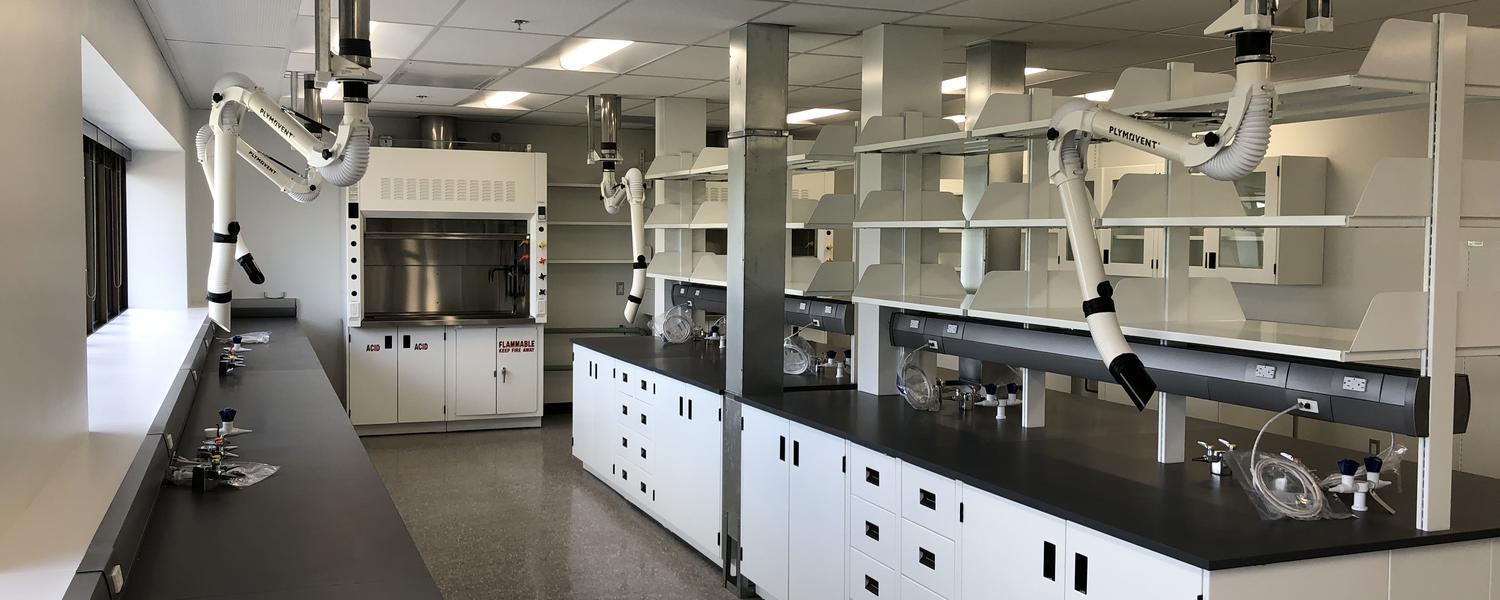
Reducing Building Energy Consumption via Innovative Energy Modelling
Overview:
The University of Calgary strives to be a postsecondary leader in high performance green building and sustainable site practices. One of the ways the university is working towards this goal is by using the Campus as a Learning Lab program to study building energy consumption.
Saeed Ahmed, a Mechanical Engineering MSc student contributed to sustainability on campus with his thesis research project, which studied the relationship between heating, ventilation, and air conditioning (HVAC) systems and energy consumption in the University of Calgary’s Mechanical Engineering building (MEB). At UCalgary, our buildings have an energy management system that provides hourly data to monitor and control building heating systems. However, it does not gauge the energy consumption within the components or equipment of the building’s heating system, which can be highly relevant for reducing building energy consumption.
To address this gap in information, Saeed’s main objective was to create a better way of understanding the buildings energy consumption by developing a more holistic energy modelling and metering system. The end goal of this investigation was to develop a software tool to reduce energy waste in existing buildings and improve the efficiency of the systems. This software uses simulation and model-based design to enable UCalgary’s Energy Performance Innovation Team (EPIT) to interpret and evaluate building data and determine classification standards for optimal and poor building energy performance. Under the supervision of Dr. Simon Li, an Associate Professor in the Department of Mechanical and Manufacturing Engineering, Saeed hopes to find a way to reduce MEB’s energy consumption and help others who want to research building energy efficiency on campus.
To accomplish his goal, Saeed collaborated with the Office of Sustainability’s Energy Performance Innovation Team (EPIT) and Facilities Management to enhance his understanding of the components and variables involved in MEB’s heating system.
Outcomes:
- Saeed created black box and grey box models representing the components of the water-based heating system in the Mechanical Engineering Building (MEB). All parameters were estimated using historical data from the Building Management System. The grey box models were developed based on energy balance equations.
- Saeed then integrated these component models to develop a holistic model for the complete water-based heating system in MEB.
- Using historical data of system variables and outside factors such as weather, the model estimates energy consumption of the building heating system and within its components on an hourly basis.
- The model gives insight into which variables affect building energy consumption in a specific hour. This valuable information can be used to control building heating system variables more efficiently in the future.
Next Steps:
- The simpler modelling system created by Saeed’s thesis could allow for quicker analysis of buildings’ energy consumption, streamlining the process for identifying wasteful energy practices and creating opportunities to improve energy efficiency on campus.
- Saeed’s model provides the basis for future work towards achieving efficient building energy consumption. The findings from this project will be used to guide future building energy consumption research at the University of Calgary.
- Saeed and Dr. Li may publish their findings.
